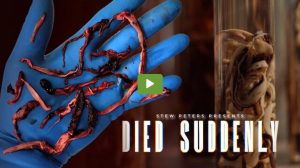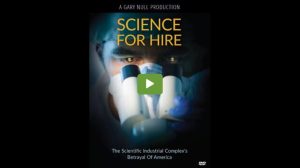
People in Portland planted trees. Decades later, a stunning pattern emerged
Money may not grow from trees, but something even better does.
In a new study led by the US Department of Agriculture (USDA) Forest Service, researchers found that each tree planted in a community was associated with significant reductions in non-accidental and cardiovascular mortality among humans living nearby.
On top of that, the study’s authors conclude the yearly economic benefits of planting trees dramatically exceed the cost of maintaining them, by a factor of more than 1,000.
Previous studies have linked exposure to nature with an array of human health benefits. Access to nature is a major factor for mental health, and that doesn’t necessarily require the greenery to be primeval wilderness. Research shows urban forests and street trees can offer comparable benefits.
Several longitudinal studies have shown that exposure to more vegetation is associated with lower non-accidental mortality, the authors of the new study note, and some have also linked exposure to greenery with reduced cardiovascular and respiratory mortality.
“However, most studies use satellite imaging to estimate the vegetation index, which does not distinguish different types of vegetation and cannot be directly translated into tangible interventions,” says Payam Dadvand, a researcher with the Barcelona Institute for Global Health (ISGlobal) and senior author of the new study.
For their study, Dadvand and his colleagues capitalized on a well-documented tree-planting campaign that unfolded in Portland, Oregon, between 1990 and 2019. During those three decades, the nonprofit group Friends of Trees planted 49,246 street trees in Portland.
Crucially, they kept records of where and when each tree was planted. The researchers were thus able to look at the number of trees planted in a particular neighborhood, or US Census tract – each home to about 4,000 people – during the previous five, 10, or 15 years.
Using data from the Oregon Health Authority, they then associated each census tract’s tree data with its mortality rate, due to cardiovascular, respiratory, or non-accidental causes.
The results reveal lower mortality rates in neighborhoods with more trees planted, and the researchers report this negative association is significant for both cardiovascular and general non-accidental mortality, especially among males and anyone above the age of 65.
The association also grows stronger as trees grow taller, the study found. Trees planted in the prior one to five years were linked with a 15 percent drop in mortality, while trees planted in the prior 11 to 15 years were linked with a 30 percent drop.
Older, larger trees were thus associated with greater reductions in mortality. So, while planting new trees is great, this finding suggests preserving large trees that already exist is even more important for public health (as it also is for the well-being of wildlife).
While these links don’t exactly explain how trees benefit human health, the seemingly greater protection from larger trees would make sense, the researchers point out, since size boosts a tree’s ability to moderate known mortality factors like air pollution, temperature, and noise.
“We observed the effect both in green and less green neighborhoods, which suggests that street-tree planting benefits both,” says Geoffrey H. Donovan, an economist from the USDA and first author of the study.
If the value of a statistical adult human life is US$10.7 million, as some US federal agencies have determined, the researchers calculate planting one tree in each of Portland’s 140 census tracts would generate about $14.2 million annually in lives saved.
Maintaining those 140 trees would cost somewhere between $3,000 and $13,000 per year, the study’s authors estimate.
“Our results provide an important evidence base for tangible interventions (e.g., planting trees) to increase the longevity of urban residents,” Dadvand says.
The study was published in Environment International.









